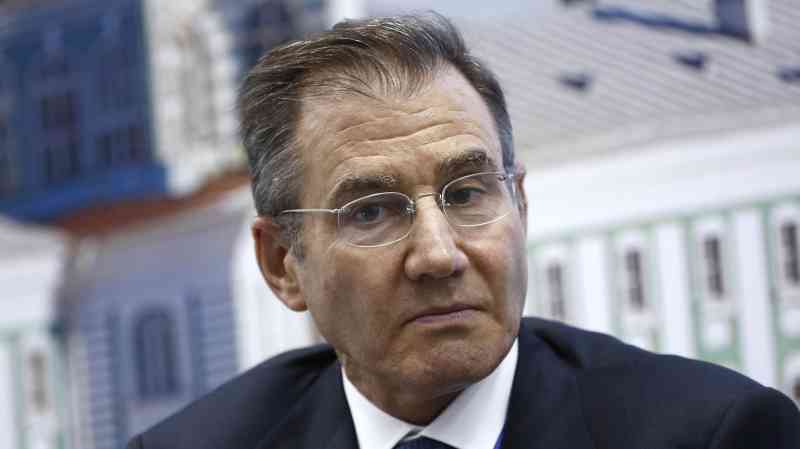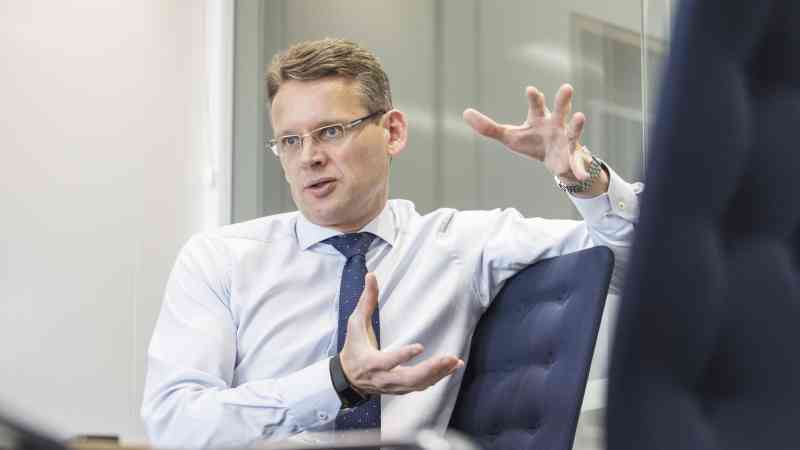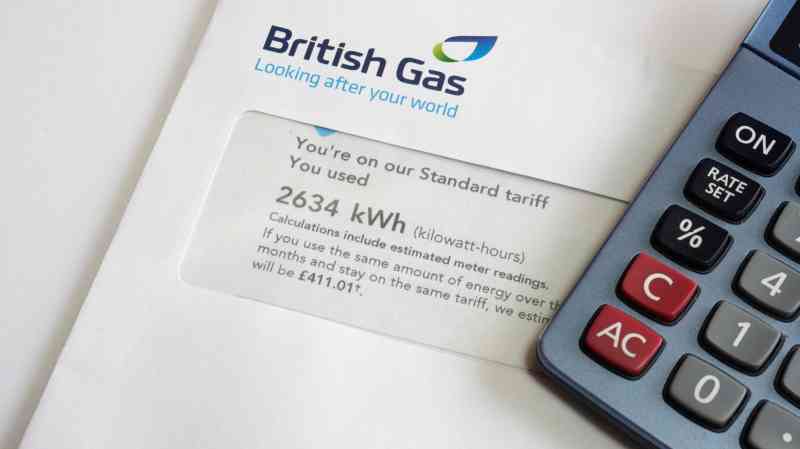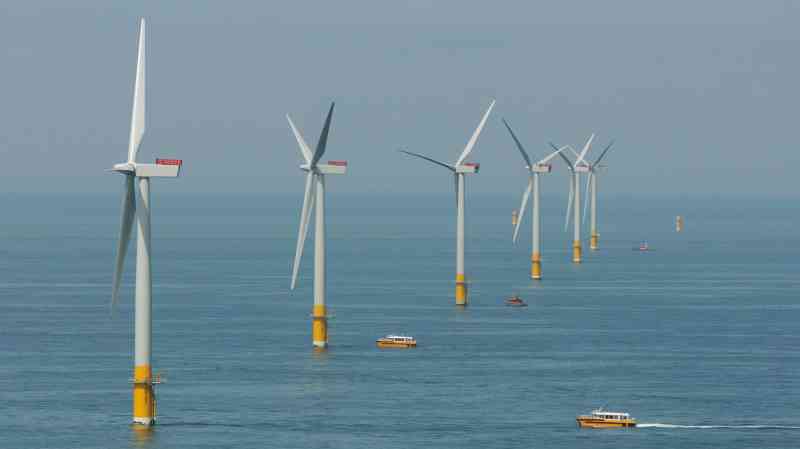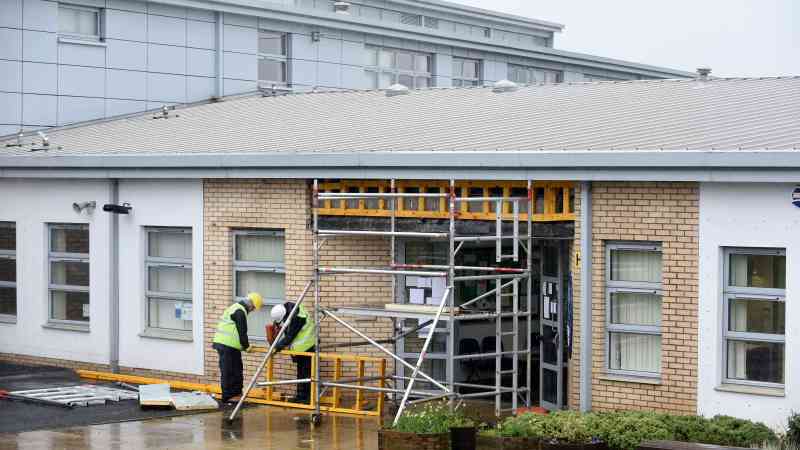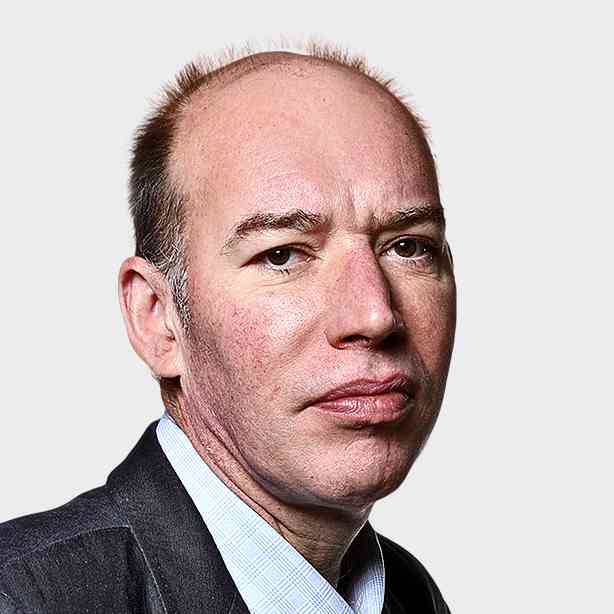Farewell to Ivan Glasenberg, the trader who dug up controversial billions at Glencore
In late 2014, the price of iron ore was sagging. Ivan Glasenberg, Glencore’s boss, was none too pleased. The commodities giant was developing an expensive iron mine in Mauritania whose economics looked worse with each tick down of the price.
He called a meeting with the project team. “Why are we doing this?” he asked bluntly. A mining engineer piped up: “If it was my money, I’d do it.”
Glasenberg called a short break. He took the engineer aside and made him an offer: if you believe in it so strongly, he said, invest your nest-egg and I’ll hand you a 1% stake. The engineer demurred. The project was cancelled.
It was vintage Glasenberg. The 63-year-old billionaire, who has spent decades riding the industry’s highs and lows with his unique gut feel and shoot-from-the-hip approach, announced his retirement on Friday after 36 years with the £32bn resources behemoth — including 18 years as chief executive. He will be replaced by Gary Nagle, a fellow South African who cut his teeth running Glencore’s coal business.
Nagle, 45, is known internally as “mini-Ivan”. The succession had been well choreographed; Glasenberg said last year that he did not want to be “an old guy” in charge. He will step down early next year and has pledged to hold onto his 9% stake, worth $3.8bn (£2.8bn).
Yet Glasenberg’s departure ends a swashbuckling era in which he turned the firm, started by one-time fugitive Marc Rich, into a giant with resources spread across five continents, trading in everything from oil to wheat and copper to cobalt.
Following the death in the summer of Ian Taylor, the boss of rival trader Vitol, it also marks a changing of the guard in an industry synonymous with power, politics and high-stakes scrambles for resources in some of the world’s most unstable countries.
A champion race-walker who might have competed in the 1984 Olympics but for South Africa’s exclusion from the Games over apartheid, Glasenberg joined the Swiss-based Glencore that year, starting in the Johannesburg office. He rose quickly, moving to Sydney, Hong Kong and Beijing before becoming head of the coal department. He was part of a management buyout of Rich in 1994.
Glasenberg made his name as a dealmaker who had City bankers and tinpot dictators on speed dial. A fast-talker with an uncanny recall for numbers and prices, he approaches everything — whether it is a corporate event or a quiet chat with an investor — as a trade. There is always an angle, a kernel of information that could be of use to this ruthless thinker.
He built an empire by going where others wouldn’t. He bought coal mines in Colombia amid a brutal conflict between rebels and the army. He snapped up copper mines in the Democratic Republic of Congo (DRC), partnering with Dan Gertler, the Israeli mining tycoon since sanctioned by the US government over corruption in that country.
Glasenberg’s signature deal, though, was the $30bn takeover in 2013 of coal giant Xstrata, run by his long-time frenemy Mick Davis. The takeover dragged on for months and nearly fell apart when Qatar, an Xstrata shareholder, demanded better terms. Not to be thwarted, Glasenberg called in Tony Blair, who brokered late-night talks at Claridge’s hotel in Mayfair to hammer out the final details.
The former prime minister pocketed $1m for a few hours’ work. Glasenberg got his deal — and it nearly killed Glencore. It certainly killed Glasenberg’s relationship with Davis, who he forced out. A collapse in commodity prices in 2015 pushed Glencore, laden with debts from the Xstrata deal, to the brink. Glencore’s share price plunged 30% in a day amid speculation it could be the next Lehman Brothers.
Glasenberg righted the ship, but at a heavy cost. He unveiled a $10bn bailout plan that included billions in asset sales and a rights issue, into which Glasenberg and several other top executives put in $550m of their money.
It was not the first near-death experience. When the great recession crashed the commodities market in 2009, Glencore was a private company owned by 485 partners. Hedge funds aggressively shorted its shares, betting it would be unable to pay its bills. Glasenberg secured a new line of credit and relaxed terms from the banks. That brush is what led him to float the company in 2011. The shares gave him what he most wanted — new capital.
But the deal, which valued Glencore shares at 530p, was the peak. The stock never again hit those heights, closing on Friday at 237.7p to value Glencore at £31.7bn.
This was partly due to timing. The commodities “supercycle”, fuelled by China’s breakneck growth, propelled Glencore, BHP Billiton, Rio Tinto and others to new highs. But the supercycle ended, and the world now wants less of what Glasenberg spent so much of his career selling: coal.
Indeed, along with last week’s succession announcement, Glencore, the world’s biggest thermal coal exporter, unveiled a “net-zero” emissions goal by 2050.
There is another reason for Glencore’s muted share price. Since 2018, it has been under investigation by the US Department of Justice over its activities in the DRC, much of which was done in partnership with Gertler. The US Commodities Futures Trading Commission, Britain’s Serious Fraud Office and the Swiss authorities are also investigating. Glencore has said it is co-operating with those investigations.
On Friday, Glasenberg said “we cannot comment on any of that”, but he insisted that the share price was “not under pressure”.
A big challenge for mini-Ivan will be negotiating the climate change movement catalysed by the Swedish schoolgirl Greta Thunberg.
Glencore mined 140 million tons of coal last year from 21 mines across Australia, Colombia and South Africa, but Glasenberg played down its contribution to the business — “coal represents 10% of our underlying earnings and represents 5% of our revenue” — and said it would gradually wean itself off the black stuff, capping production and instead focusing on its copper, nickel, cobalt and zinc assets, used for renewable energy generation and storage in batteries for electric vehicles. Glencore’s DRC operations are a big supplier of cobalt to Tesla, and it also supplies BMW with the metal.
“Whether it was luck or it was insight into the world’s renewable future, we got the right commodities,” he said. “No one has a portfolio of this mix to meet the energy demands of the future.”
But will that be enough for investors? Analysts at Jefferies said: “We believe a coal de-merger will eventually happen after Nagle takes over as chief executive, and Glencore will then be the green-wave miner.”
Glasenberg said his empire was a “responsible steward of the declining coal business”, but that if “people do not invest in us because of the coal in those small parts of our portfolio, that is going to be the other decision he [Nagle] has to make.”
For the first time in 18 years, it will be somebody else’s problem.
